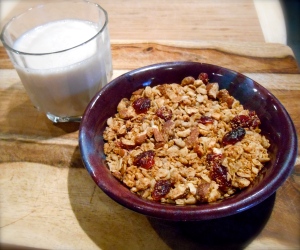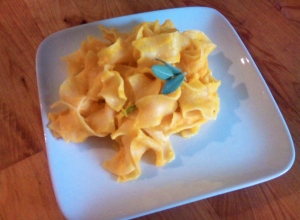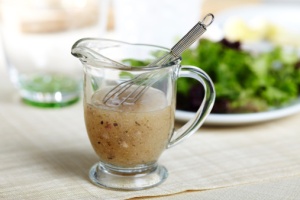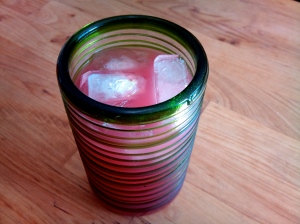 When it comes to losing weight, many people believe that what matters isn’t the time of day you eat, but rather the total number of calories you eat throughout the day.
When it comes to losing weight, many people believe that what matters isn’t the time of day you eat, but rather the total number of calories you eat throughout the day.
However, recent evidence shows that this may not necessarily be true. Two studies published in 2013 found that eating the majority of calories earlier in the day may actually help to improve weight loss results.
Study 1:
Researchers divided 74 overweight and obese women into two weight loss groups, each consuming 1400 calories per day: a breakfast group and a dinner group. The breakfast group ate a larger breakfast, consuming 700 calories at breakfast, 500 calories at lunch, and 200 calories at dinner. The dinner group consumed 200 calories at breakfast, 500 calories at lunch, and 700 calories at dinner.
The results: after 12 weeks, the breakfast group lost more weight (2.5 times more) and had a greater reduction in waist circumference than the dinner group. Interestingly, the breakfast group also had greater feelings of fullness than the dinner group.
Study 2:
The second study was performed in Spain, where people eat their main meal at lunch. In this study, the researchers studied 420 obese women on a weight loss program. Participants were grouped into early eaters or late eaters, depending on when they ate their main meal. The early eaters ate lunch before 1 PM and late eaters ate lunch after 1 PM.
The results: after 20 weeks, the early eaters lost more weight and lost it quicker than the late eaters, even though energy intake and expenditure were similar between the two groups.
Why is this happening?
The reasons behind why this phenomenon occurs are still unknown, however researchers have found that gene expression in adipose tissue (fat storage tissue) may follow a circadian rhythm. This means that the storage and mobilization of fat may occur at different rates depending on the time of day.
References:
Jakubowicz, D., Barnea, M., Wainstean, J. & Froy, D. (2013). High caloric intake at breakfast vs. dinner differentially influences weight loss of overweight and obese women. Obesity, 21(12), 204-2512.
Garaulet, M. Gomez-Abellan, P., Alburquerque-Bejar, J., Lee, Y., Ordovas, J. & Scheer, F. (2013). Timing of food intake predicts weight loss effectiveness. International Journal of Obesity, 37, 604-611.













 A couple of weeks ago I posted a salad and dressing
A couple of weeks ago I posted a salad and dressing 